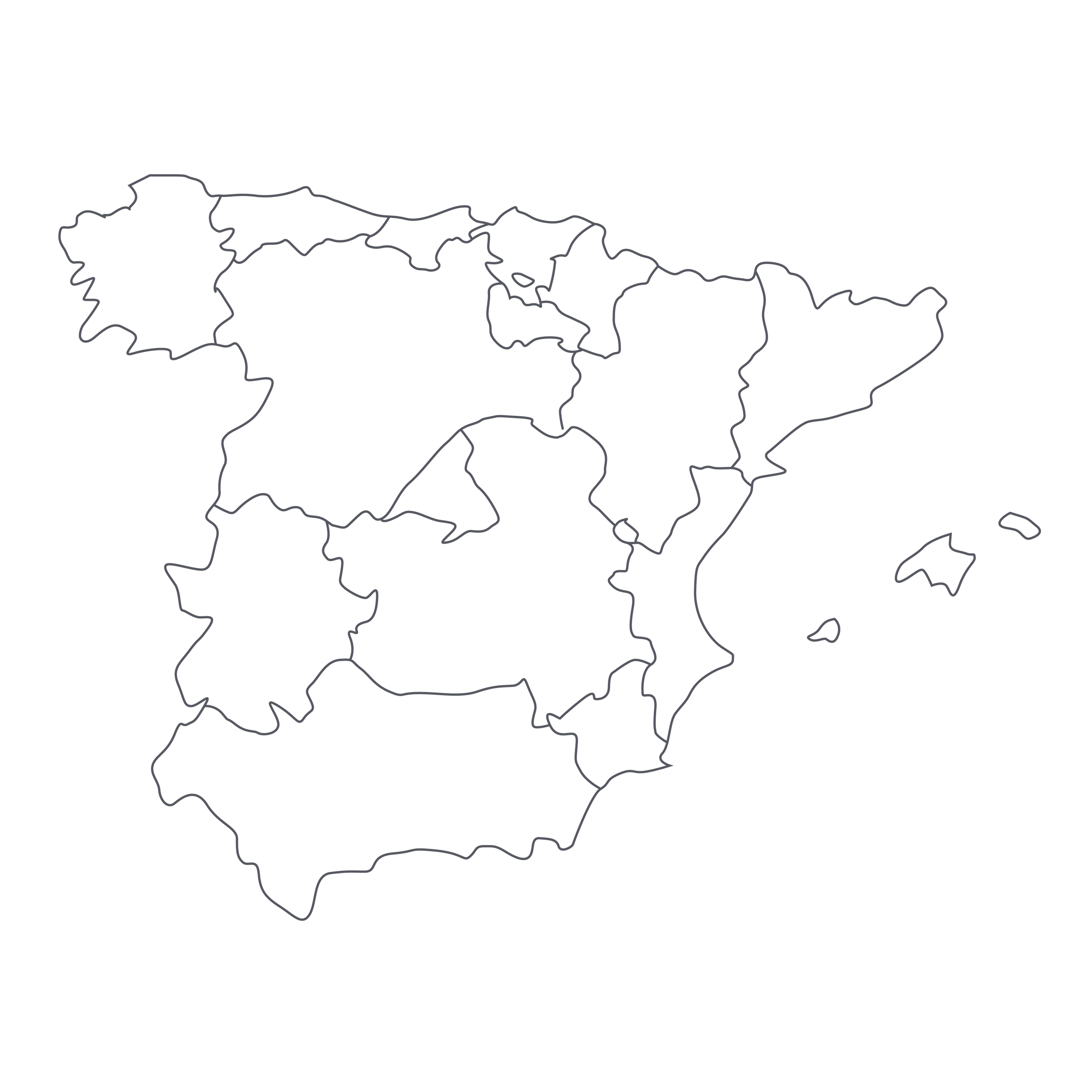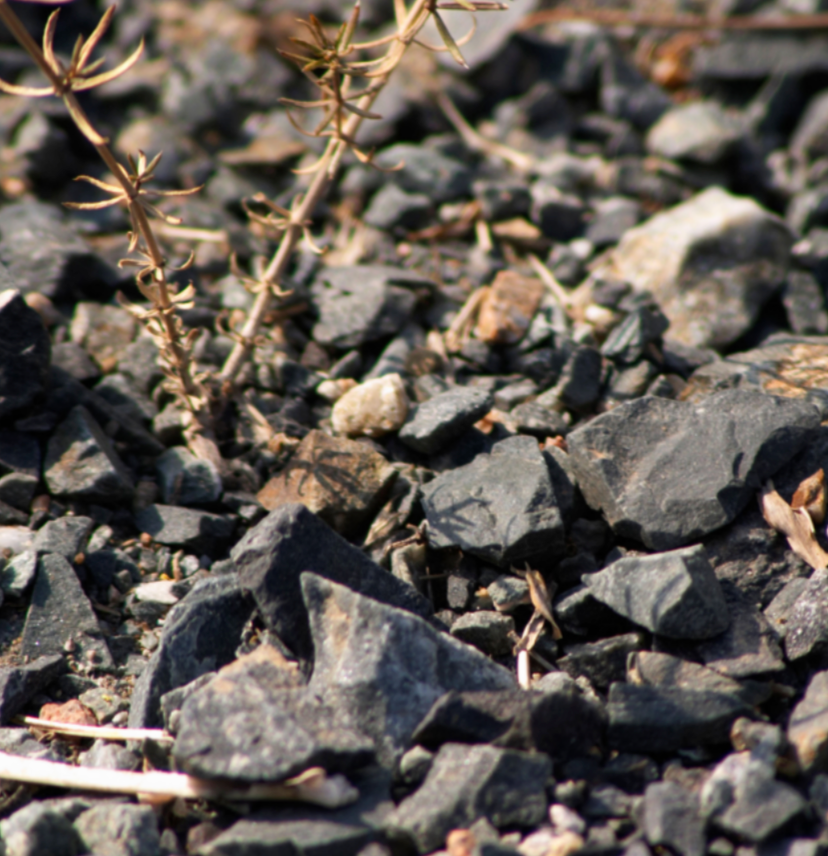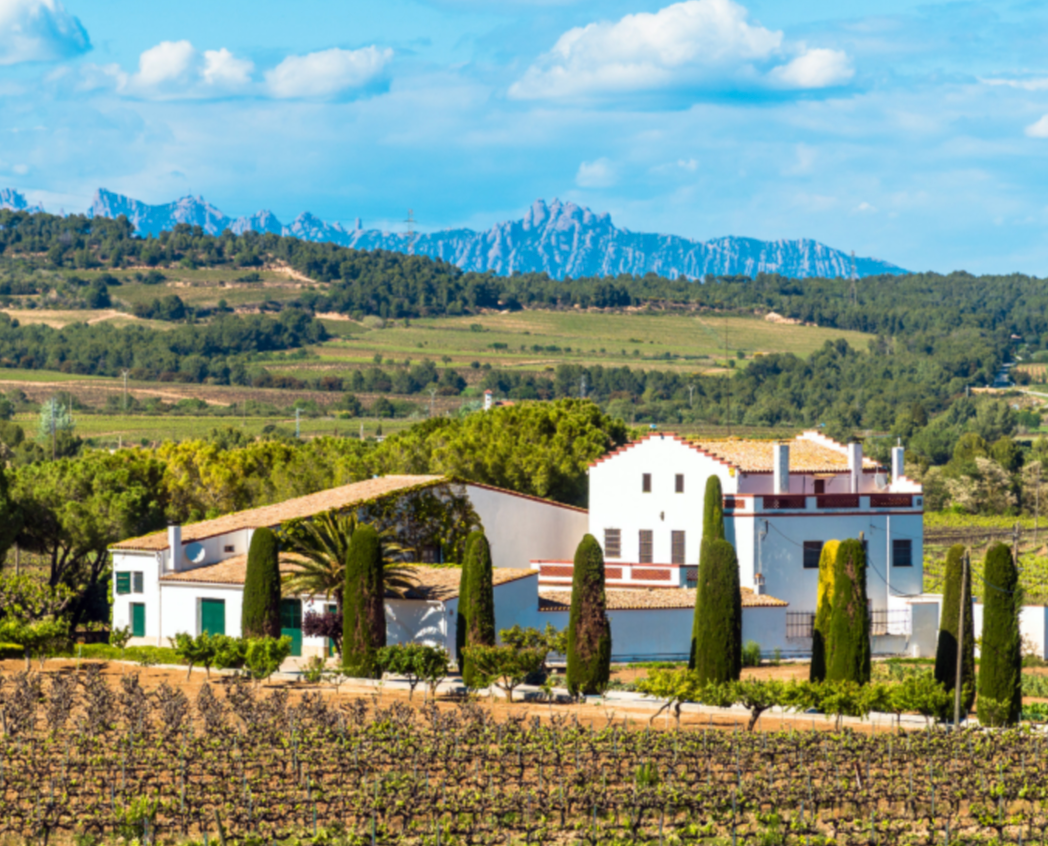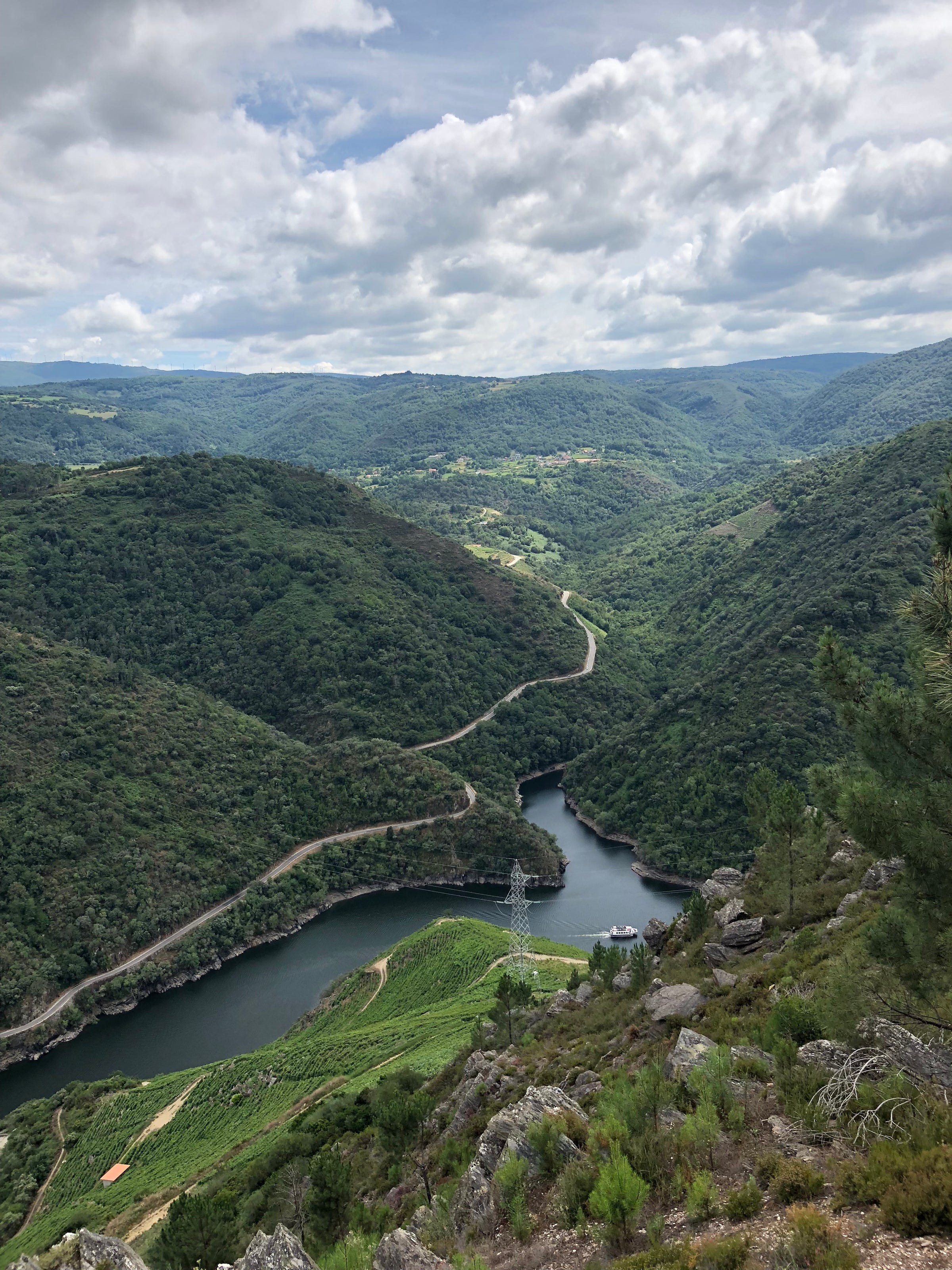Every time we offer a classic Rioja, a reference to legendary and world-best López de Heredia must accompany it despite us rarely being able to feature their iconic wines. Truth be told, it’s only happened once before, and that special day came nearly four years ago. Since that time, I’ve savored a few bottles at restaurants and, just recently, tasted a once-in-a-lifetime “Tondonia” vertical stretching back to 1981. Memorable as it was, that just added further fuel to the fire, so I got on the phone with my connection and kept talking until something was lined up. The results of that call lie before you today: a small allocation of 2010 “Viña Tondonia” Rioja Reserva.
For nearly 150 years, López de Heredia has been stalwart in their winemaking and passionate about delivering hand-crafted, judiciously aged wines whether it takes five or 25 years. Take today’s 2010 Reserva, for example. It’s considered “aged” by many standards, but not for López de Heredia: This is their current release, having aged six years in American oak and six more in bottle prior to leaving the cellar. I’ve carried a deep appreciation for López de Heredia throughout my career and can confidently say this is traditional Rioja at its very best. Cherish this bottle like the precious gem it is, and hold several for special occasions down the road because its best years of drinking are still to come. Enjoy up to 12 bottles.
Long name incoming: Don Rafael López de Heredia y Landeta. This one man is the bodega’s founder and the forefather of all the generations that succeeded him. After phylloxera obliterated France’s vineyards in the mid-1800s, many regions, like Rioja, were explored so as to find a viable grape source. Soon after, Don Rafael took a gander and stumbled upon Rioja Alta’s humble town of Haro. He became so smitten with its beauty and terroir that he started designing and constructing Bodega López de Heredia in 1877. It became one of the first three in the entire region and is one of Rioja’s few remaining family-run wineries to this day. To my knowledge, López de Heredia has never vinified a grape that hasn’t been their own.
Hugging the right bank of the Ebro River at an altitude of 1,500 feet, López de Heredia’s massive 100-hectare “Tondonia” vineyard is a breathtaking spectacle to behold. This prime site was first planted in 1913 and its roots are buried in clay-limestone soils. Manual farming has remained largely unchanged since the bodega’s inception, and each carefully selected cluster is plucked and placed into small picking baskets.
Now, for all you wine geeks out there, pay attention, because no one does it quite like López de Heredia in the cellar. Grapes are fed into gargantuan, 24,000-liter oak vats from the late-1800s and a natural alcoholic fermentation begins. The wine is then transferred into slightly smaller barrels for malolactic fermentation which can take up to six months. After both fermentations are complete, the wine is moved into 225-liter barriques that were crafted at their in-house cooperage, which has been in operation since 1877. The barrel process is impressive: Three Master Coopers select natural American oak from the Appalachian Mountains and trunks are shipped to their winery and shaped into one-inch thick staves. They are then dried for a minimum of 18 months before being crafted into a medium-toasted barrel.
All in all, there are more than 13,000 barriques in their 37,000-square-foot cellars, and this is where the prolonged aging happens. Today’s Tondonia Reserva aged six years in mostly used oak and each barrel was racked 1-2 times per year. Afterward, the wine was fined with egg whites and bottled unfiltered—but that was just half of the journey. It then rested in their ancient and humid cellars for six more years, which makes today’s 2010 Reserva their current release. The 2010 vintage also happens to be codified as an “excellent” year for Rioja, one that will age effortlessly, and some have even considered it the best in the past 50 years. Time will tell…
This wine, at 12 years old, is a veritable baby—it’ll age another one, two, or three decades without batting an eye. Still, drinking one in the next few years will also bring great pleasure, just be sure to provide it with a substantial decant or “slow-ox” treatment (pulling the cork several hours prior to pouring). As the wine opens, you’ll find wonderfully deep notes of sappy black cherry, redcurrant, roasted plum, sandalwood, charred rose, vintage leather, bouillon cube, red flowers, coconut husk, medicinal herbs, tobacco, mortadella, and damp clay. This is one of those “sit by the fireplace and bask in the silence” reds, a wine of superb intelligence that requires multiple hours and revisits to fully understand/discover each nuance. Consume in Burgundy or Bordeaux stems (both work great) and serve around 65 degrees.







